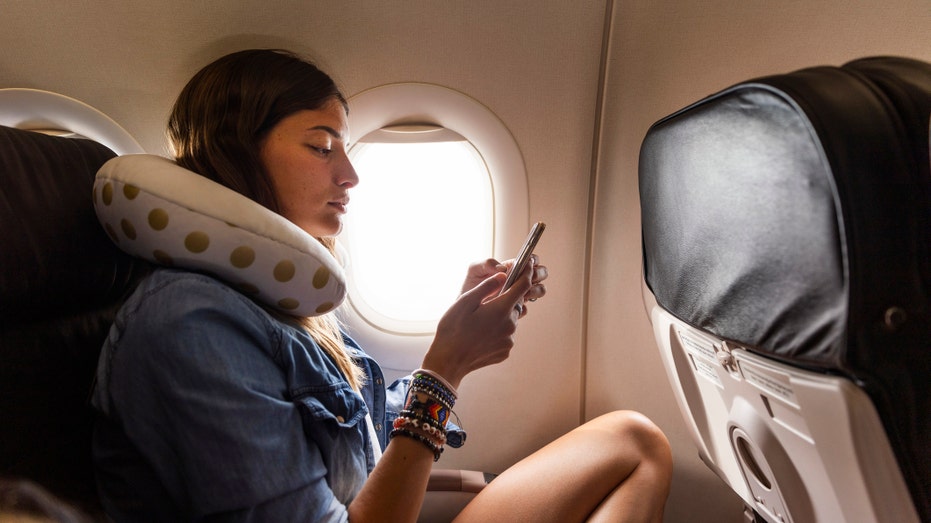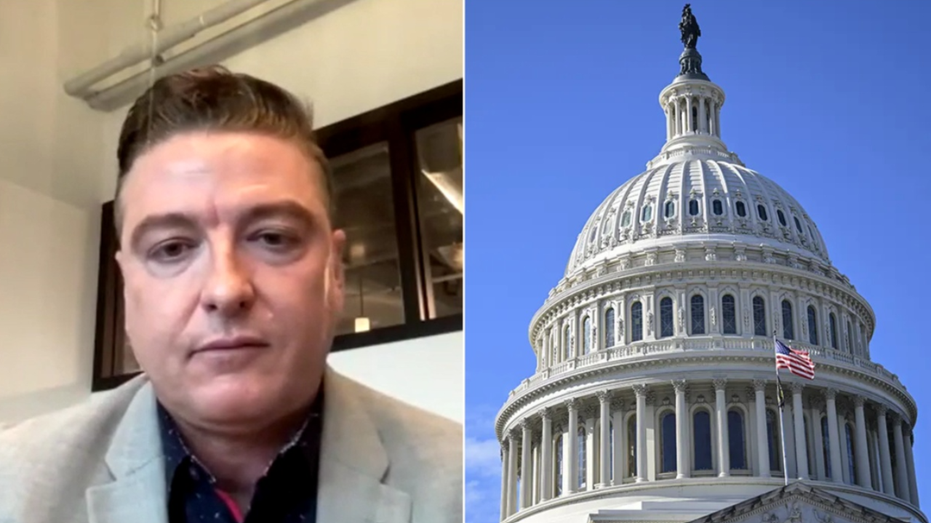Travelers Cut Costs by Using Clothes to Pack Basic Household Items and Avoid Baggage Fees
Travelers turning to pillowcases to bypass luggage restrictions face both ingenuity and potential baggage pitfalls, experts warn.

Summer travel across the United States is surging to new highs, following a record Memorial Day weekend during which 45.1 million Americans were expected to journey at least 50 miles from home. Of these travelers, approximately 3.61 million chose to take to the skies, flying to vacation spots and family gatherings. With so many hitting the airports, travelers are facing increasingly strict luggage policies and higher checked bag fees—prompting some passengers to find creative solutions for avoiding extra charges.
One such viral travel hack gaining attention involves the humble pillowcase. Rather than simply bringing it onboard for comfort, some passengers have started stuffing clothes and other soft items into an empty pillowcase, effectively disguising their belongings as a travel pillow. Most airlines allow passengers to carry personal pillows without counting them as an additional carry-on item, making this workaround particularly attractive for thrifty or overpacked travelers.
Francesca Page, a travel expert from New York, noted a surge in people carrying their own pillows during her recent trip. Initially assuming they were prioritizing comfort—especially on overnight flights—she soon realized there was more to the trend. “With the additional tightening of onboard luggage policies and rising fees, travelers are getting smart about using the pillowcase itself to sneak in bulky items that won't fit in their main bag,” Page observed.
The hack’s popularity has soared thanks to social media, with videos and posts showing travelers evading baggage fees by turning pillowcases into makeshift suitcases. Gary Leff, a Texas-based travel industry expert, confirmed the trend, adding that many airline staff overlook the practice because a pillow rarely takes up significant space. “Nobody minds a pillow as an extra carry-on,” Leff said. “It’s not going in the overhead bin, or underneath your seat, usually. So you’re betting that it just gets a pass.”
However, Leff also cautioned that the hack may be losing its effectiveness. The increased chatter and visibility might prompt stricter enforcement from airlines. “This trick has been talked up enough, I think, that it’s become too obvious to work in many cases. At least there’s enough risk that it won’t that it’s probably not worth trying,” he warned.
The pillowcase hack is part of a broader movement among travelers to avoid baggage fees and restrictions. Some resort to wearing multiple layers of clothing or filling their jacket pockets with extra garments. As airlines continue to tighten baggage rules, both travelers and carriers appear locked in a game of cat and mouse—one where resourcefulness and policies are constantly evolving.




